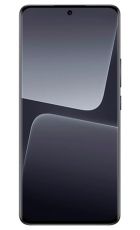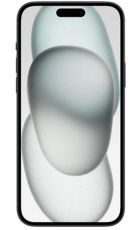The Sony Xperia XZ has launched at the top of Sony’s range, and to use the company’s sometimes-slogan it really is the best of Sony in a smartphone.
But it’s also very expensive, and not the only eye-catching Xperia device, with the Sony Xperia X and Sony Xperia XA also offering compelling smartphone experiences for varying amounts of money.
So how do these three phones compare? How do they differ? And which should you buy? We address all of those questions below.
Design
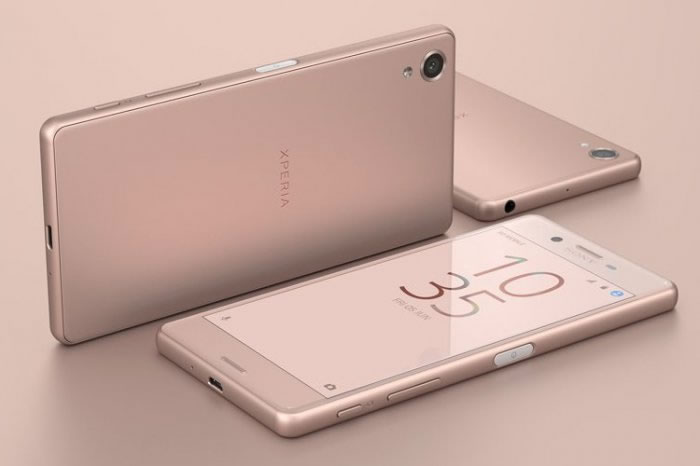
Xperia X (142.7 x 69.4 x 7.9mm) vs Xperia XA (143.6 x 66.8 x 7.9mm) vs Xperia XZ (146 x 72 x 8.1mm)
The Sony Xperia X, Xperia XA and Xperia XZ all sport decidedly rectangular designs, subscribing as they do to Sony’s ‘OmniBalance’ design language.
They also all have a camera in the top left corner of an otherwise fairly plain back, but they’re not identical, and the Xperia XA is really the odd one out, as while the Xperia X and Xperia XZ both have metal backs, the XA has a plastic one, marking it as a lower end device.
It also has a round home button where the other two have oblong ones – and there’s a reason for that, as it’s the only one of the three without a fingerprint scanner built in, again showing that it’s a lower end handset.
The Xperia XZ, while the thickest of the three, is the highest end and that’s marked by its water and dust resistance, which the other two lack.
Display
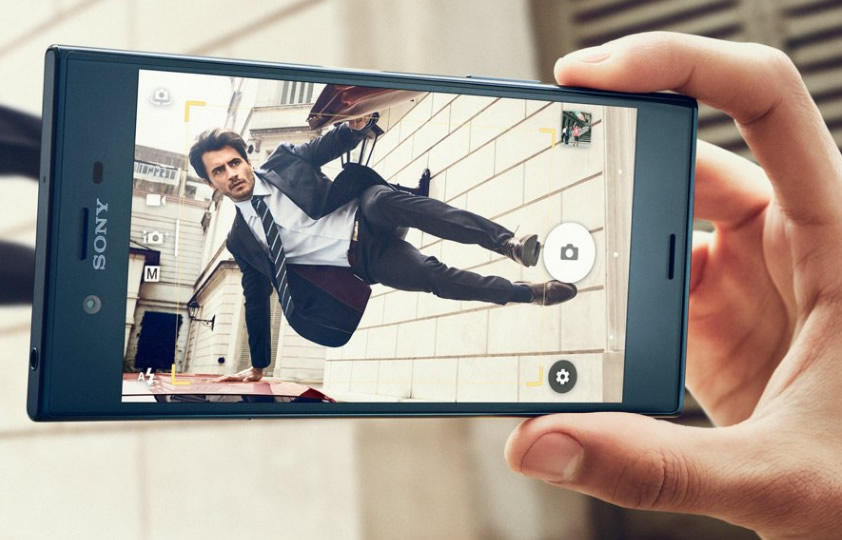
Xperia X (5.0-inch 1080 x 1920) vs Xperia XA (5.0-inch 720 x 1280) vs Xperia XZ (5.2-inch 1080 x 1920)
None of these phone have massive screens, but the Sony Xperia XZ is the largest with a 5.2-inch 1080 x 1920 display, for a pixel density of 424 pixels per inch.
The Xperia X and Xperia XA both have 5.0-inch screens, but where the Xperia X is 1080 x 1920 (for a pixel density of 441 pixels per inch), the Xperia XA is just 720 x 1280, giving it a pixel density of 294 pixels per inch.
It’s not as sharp as the other two then, but it’s still reasonably crisp, and it’s edge-to-edge, giving it a surprisingly stylish appearance.
Power
Xperia X (hexa-core Snapdragon 650 3GB RAM) vs Xperia XA (octa-core Helio P10 2GB RAM) vs Xperia XZ (quad-core Snapdragon 820 3GB RAM)
None of these phones lack for power, but the Sony Xperia XZ predictably comes out on top, with a flagship configuration of 3GB of RAM and a quad-core Snapdragon 820 processor (the same chip as is used by the LG G5 and HTC 10).
The Xperia X is a step down, with the mid-range Snapdragon 650 processor and a generous 3GB of RAM, while the Xperia XA brings up the rear with a Helio P10 chip.
This is actually an octa-core processor, but it’s a mid-range MediaTek one, which isn’t quite a match for Qualcomm’s Snapdragon offerings. Still, for the money it’s more than capable.
Camera
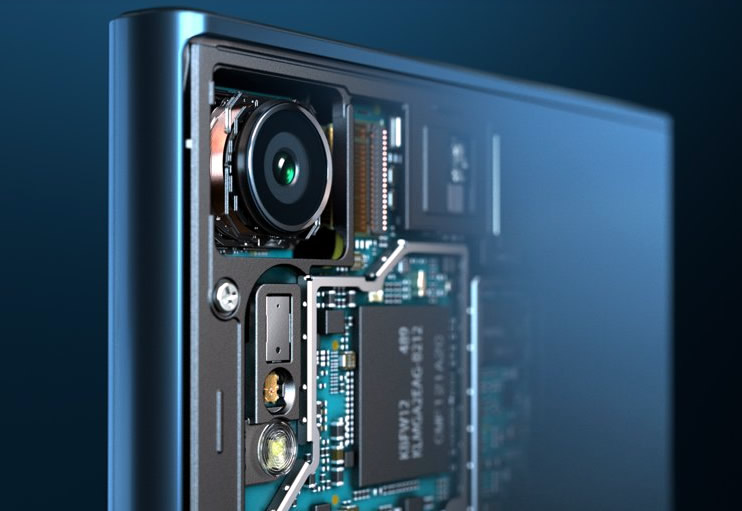
Xperia X (23MP rear 13MP front-facing) vs Xperia XA (13MP rear 8MP front-facing) vs Xperia XZ (23MP rear 13MP front-facing)
The camera on the Sony Xperia XZ is brilliant, but it’s also almost identical to the one on the Xperia X, with both phones sporting f/2.0 23MP rear cameras and 13MP front-facing ones.
All those pixels help them take detailed shots, but the Xperia XZ has an advantage in two key ways. For one thing it can shoot video in up to 2160p at 30fps, while the Xperia X is capped at 1080p. It also has a laser autofocus, for faster focusing.
The Sony Xperia XA meanwhile slots in at the bottom, but it’s still got a decent snapper, with a 13MP one on the back and an 8MP one on the front – specs which on paper are still a match for many high-end phones. In practice this isn’t a high-end smartphone camera, but it’s a quality mid-range one.
Battery life, memory and connectivity
Xperia X (2620mAh 32/64GB 4G) vs Xperia XA (2300mAh 16GB 4G) vs Xperia XZ (2900mAh 32/64GB 4G)
As the biggest phone it’s no surprise that the Sony Xperia XZ has the biggest battery, at 2900mAh, but it’s only slightly larger than the 2620mAh one in the Xperia X. The Xperia XA meanwhile has a rather smaller 2300mAh juice pack.
In practice the Xperia X and Xperia XZ will both comfortably last you over a day of moderate use, while the Xperia XA will almost always need a daily charge, but all three phones support fast charging.
Memory comes in at 32GB or 64GB on both the Xperia X and Xperia XZ, while there’s just 16GB in the Xperia XA, but all three phones have a microSD card slot with support for cards of up to 256GB.
Connectivity options include Wi-Fi, 3G, 4G, Bluetooth and NFC on all three handsets.
Price
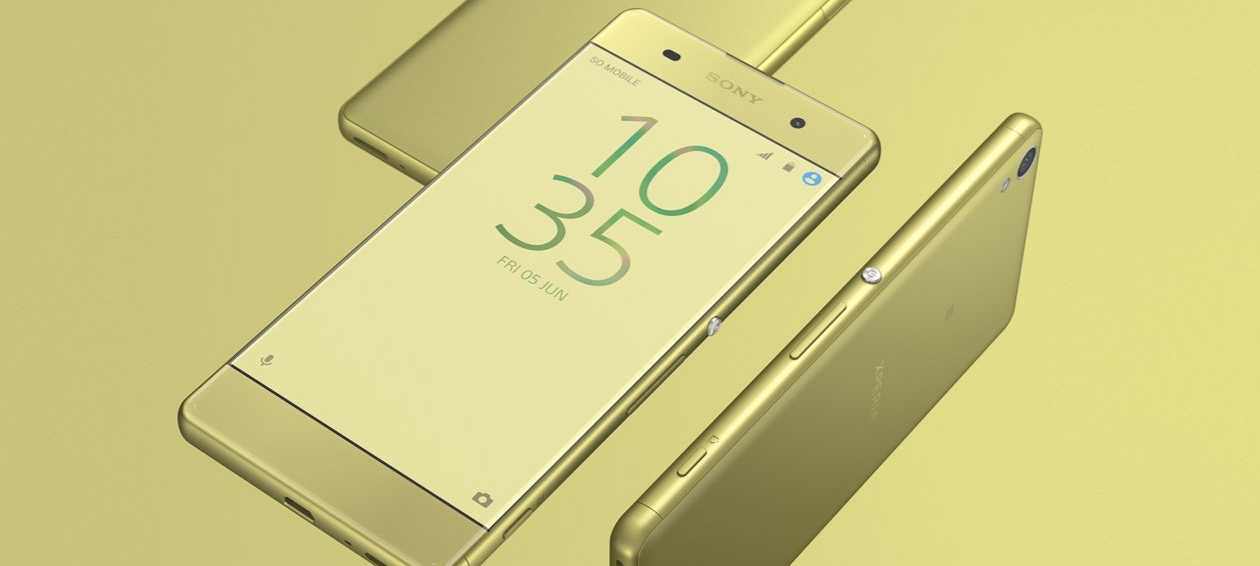
The Sony Xperia X comes in at around £400 SIM-free, while the Xperia XZ is roughly £550 and the Xperia XA is around £240. On contract there’s a similar difference, with the Xperia X starting at around £24 per month, the Xperia XZ beginning at roughly £27 per month and the Xperia X available from roughly £16 per month.
In short then you can see the XA as mid-range, the Xperia X as high-end and the Xperia XZ as top-end, and the specs and features reflect that.
Conclusion
These are all strong phones, if money is no object and you simply want the best Xperia handset available then the Xperia XZ is the clear winner, as there’s no significant way in which either of the others beat it, and they trail behind in a few areas, with neither being as powerful, water and dust resistant, as large, or having as big battery or as good camera.
But the Xperia X isn’t far behind, and it’s a fair bit cheaper, so it’s a good choice if you want a high-end experience but can’t quite stomach the XZ’s price.
The XA meanwhile is a substantial step down, but it’s a competent mid-ranger, ideal for anyone who doesn’t need all the bells and whistles of its pricier siblings.








